Di-tert-butyl dicarbonate CAS: 24424-99-5
| Catalog Number | XD94248 |
| Product Name | Di-tert-butyl dicarbonate |
| CAS | 24424-99-5 |
| Molecular Formula | C10H18O5 |
| Molecular Weight | 218.25 |
| Storage Details | Ambient |
Product Specification
| Appearance | White powder |
| Assay | 99% min |
Di-tert-butyl dicarbonate, also known as di-tert-butyl pyrocarbonate or Boc anhydride, is a versatile reagent commonly used in organic synthesis for the protection of amine groups. It is a white crystalline solid with the chemical formula (CH3)3CO2COC(CH3)3.One of the primary uses of di-tert-butyl dicarbonate is in the protection of amine groups during chemical reactions. Amines are reactive functional groups that can undergo unwanted reactions, such as undesired side reactions or unwanted self-condensation. By treating the amine with di-tert-butyl dicarbonate, a protective group known as a Boc group is introduced. The Boc group effectively masks the reactivity of the amine, preventing unwanted reactions and allowing the desired transformations to occur smoothly. Once the desired reactions have taken place, the Boc protecting group can be easily removed under specific conditions to regenerate the original amine.The Boc protecting group is stable under a wide range of reaction conditions, making di-tert-butyl dicarbonate a valuable tool in organic synthesis. It is often used in the protection of primary and secondary amines, as well as amino acids, peptides, and other nitrogen-containing compounds. This reagent has found applications in the synthesis of pharmaceuticals, natural products, and other complex organic molecules.Furthermore, di-tert-butyl dicarbonate can be used as a carbonylating agent. It reacts with nucleophiles such as alcohols, thiols, and amines to form carbonates, thiocarbonates, and carbamates, respectively. These reactions are useful for introducing the desired functionality into organic molecules, expanding their synthetic utility.In addition to its use as a protecting group reagent and carbonylating agent, di-tert-butyl dicarbonate can also act as a precursor for the synthesis of various compounds. For example, it can be converted into di-tert-butyl azodicarboxylate (Boc-N2O2), which is a versatile reagent used in the Mitsunobu reaction for the inversion of alcohol configuration. This reaction is widely applied in organic synthesis for the preparation of esters and other functional group transformations.It is worth noting that di-tert-butyl dicarbonate should be handled with care, as it is a reactive substance and can release toxic gases when exposed to moisture or water. Adequate safety precautions, including proper ventilation and protective equipment, should be observed when working with this compound.In summary, di-tert-butyl dicarbonate is a valuable reagent commonly used in organic synthesis for the protection of amine groups. Its ability to introduce Boc protecting groups enables chemists to control reactivity and selectivity in complex organic transformations. Additionally, its carbonylating properties and the potential for synthesis of derivative compounds make it a versatile tool in the development of new chemicals and pharmaceuticals.


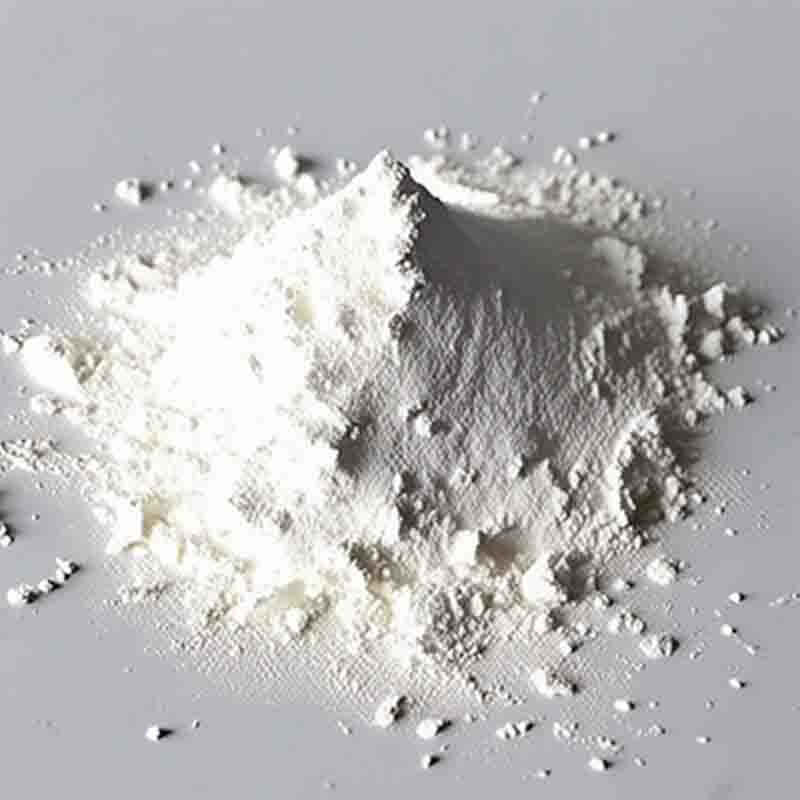

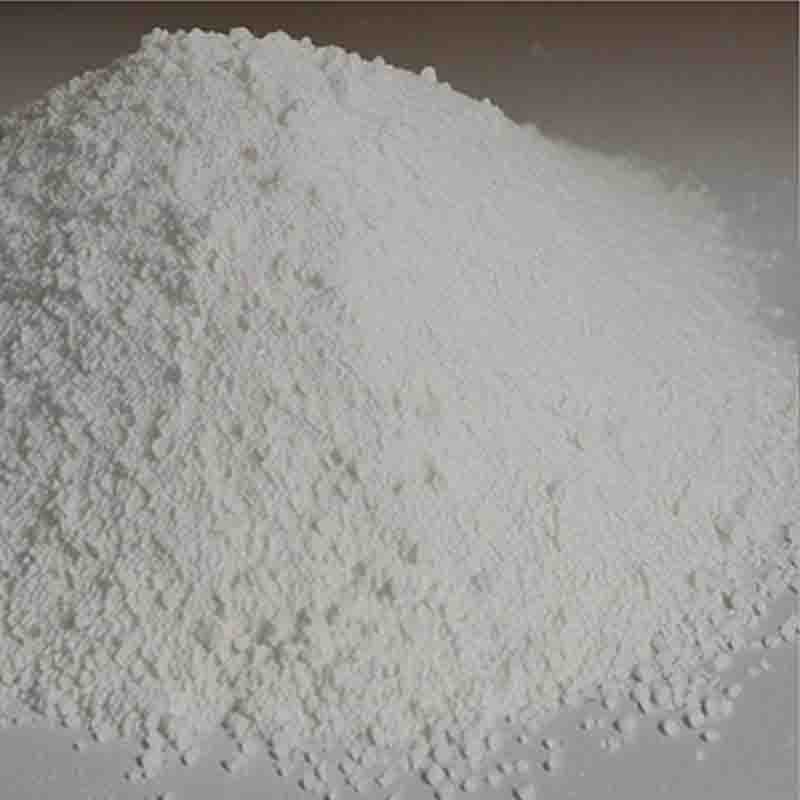

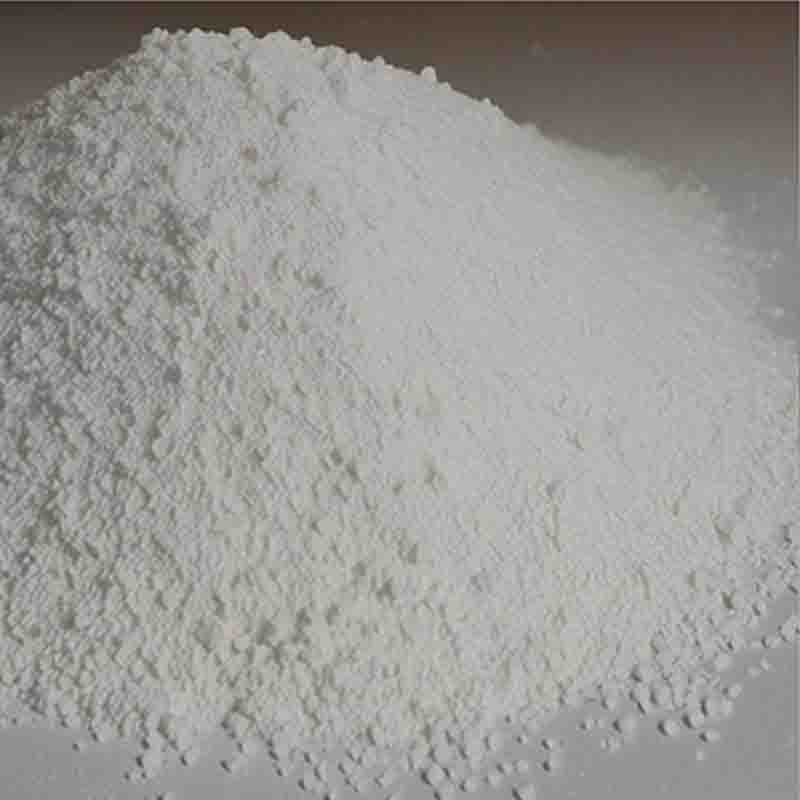
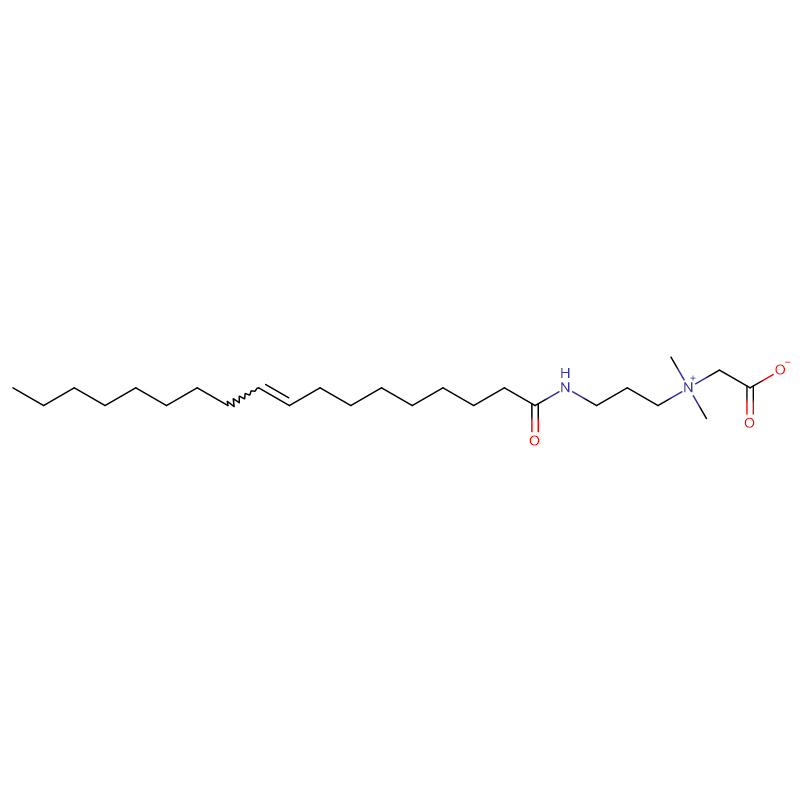
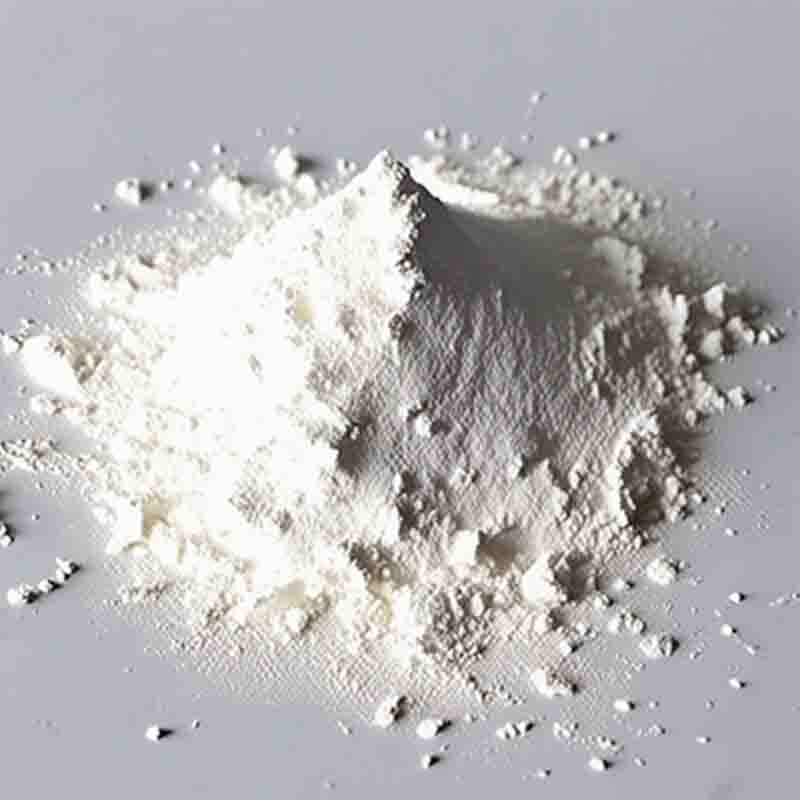
![2-[(tert-butoxycarbonyl)amino]-1,3-thiazole-5-carboxylicacid CAS:302964-02-9](https://cdn.globalso.com/xdbiochems/白色粉末21613.jpg)